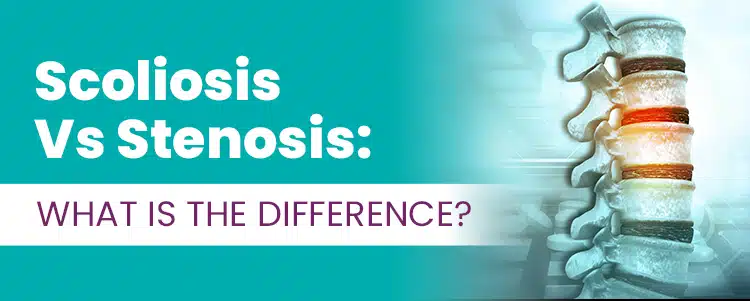

Scoliosis Vs Stenosis: What Is The Difference?
Spinal conditions include scoliosis, an abnormal spinal curve, and stenosis, the narrowing of the spinal space, both affecting nerves to varying degrees.
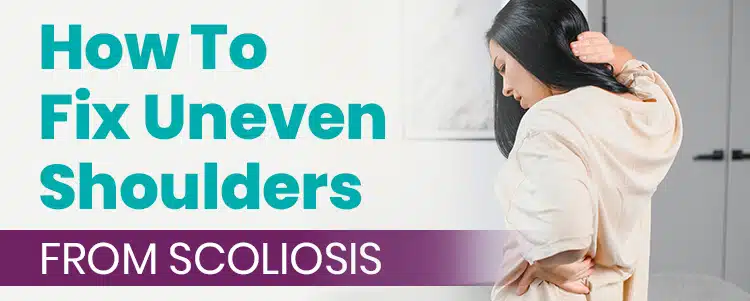

How To Fix Uneven Shoulders From Scoliosis
In children and adolescents, the main scoliosis symptom is postural deviation, and often, the condition’s earliest indicators are uneven shoulders and hips.
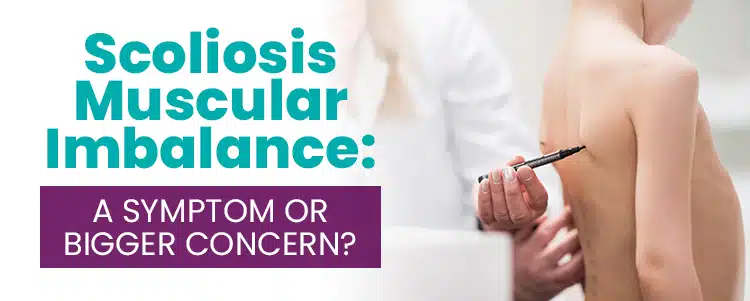

Scoliosis Muscular Imbalance: A Symptom or Bigger Concern?
Scoliosis introduces a lot of uneven forces to the body, which is why one of its main symptoms is postural deviation, involving a disruption to the body’s overall symmetry.
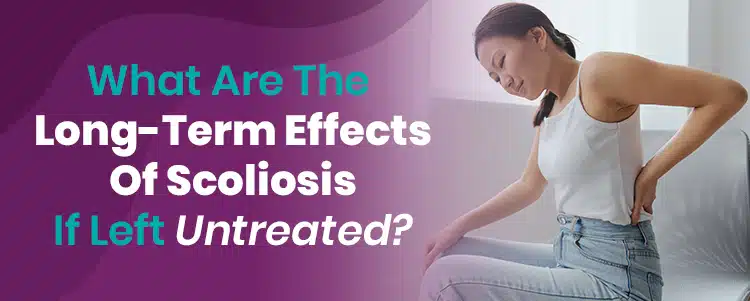

What Are The Long-Term Effects Of Scoliosis If Left Untreated?
Scoliosis is a spinal condition that worsens over time and can have serious effects if left untreated.
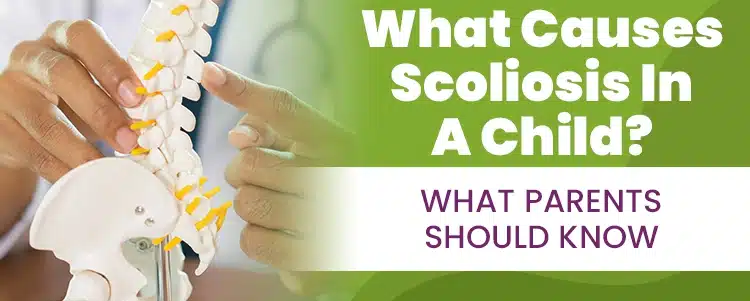

What Causes Scoliosis In Children? What Parents Should Know
Scoliosis isn't just a concern for teens and adults; it can also affect young children.
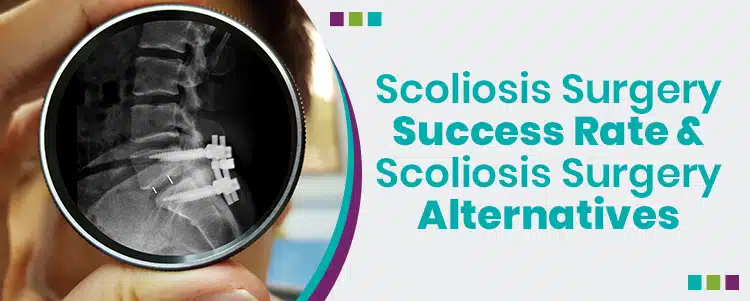

Scoliosis Surgery Success Rate & Scoliosis Surgery Alternatives
Scoliosis, a complex spinal condition, has varied treatment options with different outcomes.
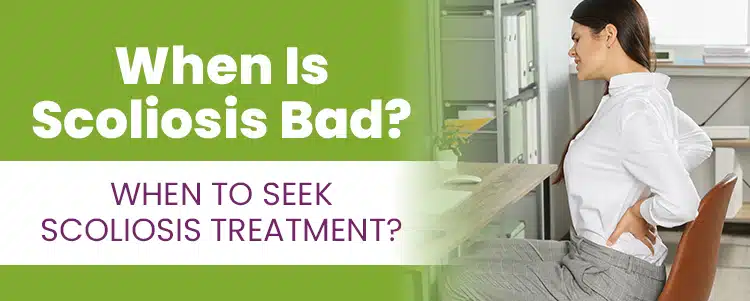

When Is Scoliosis Bad? When To Seek Scoliosis Treatment?
The best time to start scoliosis treatment is always now. With early detection and proactive treatment, there are fewer limits to what can be achieved.
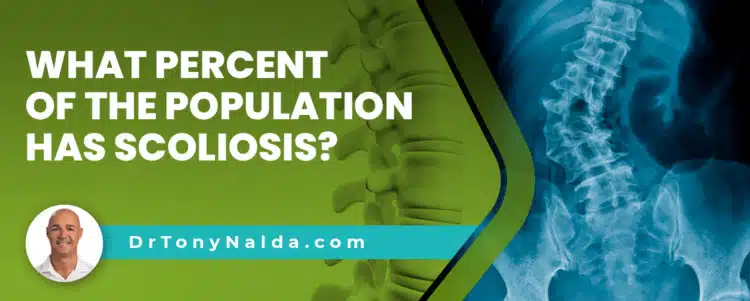

What Percent Of The Population Has Scoliosis? [DETAILS]
Approximately 7 million people currently are diagnosed with scoliosis in the United States.
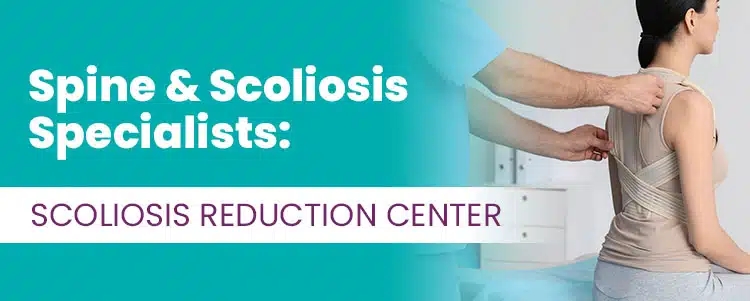

Spine & Scoliosis Specialists: Scoliosis Reduction Center®
The complex nature of scoliosis requires the customization of effective treatment plans, which demand a certain level of scoliosis-specific training, certifications, and experience.
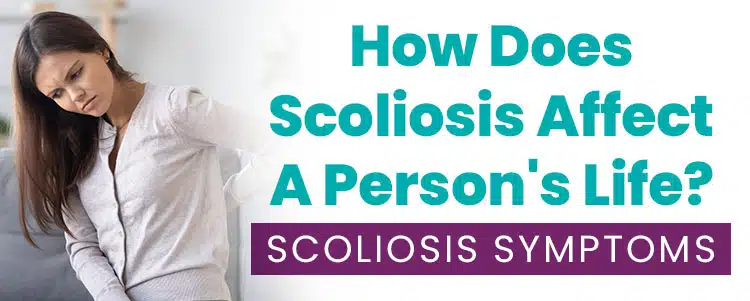

How Does Scoliosis Affect A Person’s Life? Scoliosis Symptoms
In adult scoliosis, the main symptom is pain, both localized back pain and pain throughout the body.
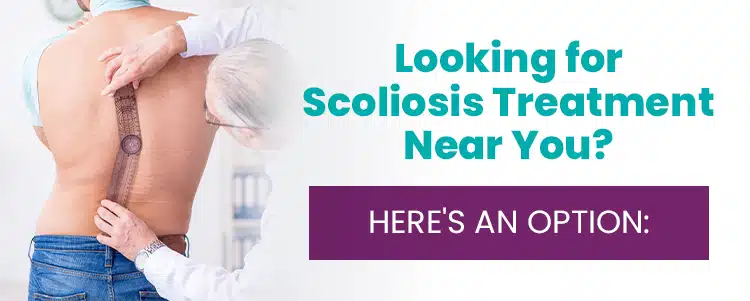

Looking for Scoliosis Treatment Near You? Here’s An Option:
Celebration, Florida’s Scoliosis Reduction Center® can deliver from chiropractic care to physical therapy, corrective bracing, and rehabilitation.
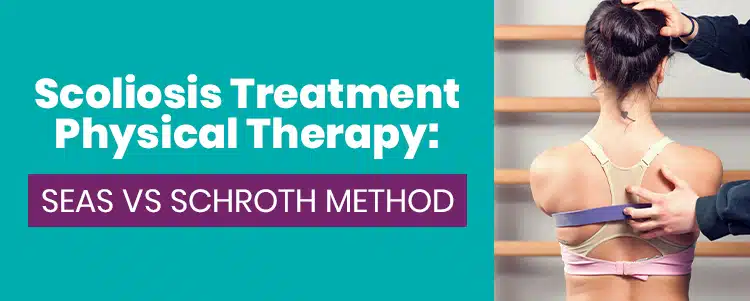

Scoliosis Treatment Physical Therapy: SEAS vs Schroth Method
SEAS focuses on the corrective potential of scoliosis-specific exercises while the Schroth Method works towards restoring a more natural spinal position.
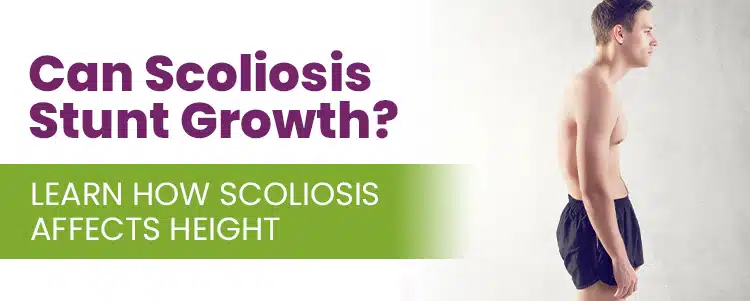

Can Scoliosis Stunt Growth? Learn How Scoliosis Affects Height
Scoliosis affects a person's height by causing a loss of the spine's natural curves and alignment, which disrupts their ability to fully extend the spine.
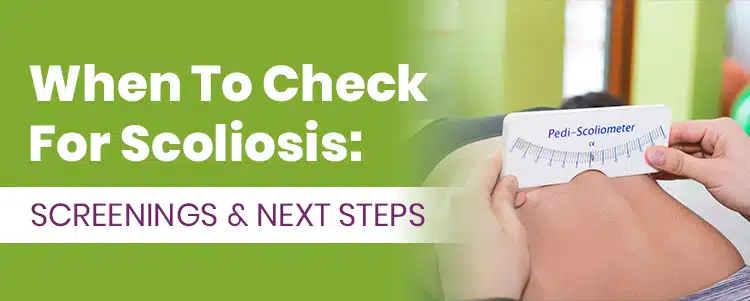

When To Check For Scoliosis: Screenings & Next Steps
To detect scoliosis, it is recommended to stay on top of routine checkups and the condition’s subtle signs that indicate the need for further testing.
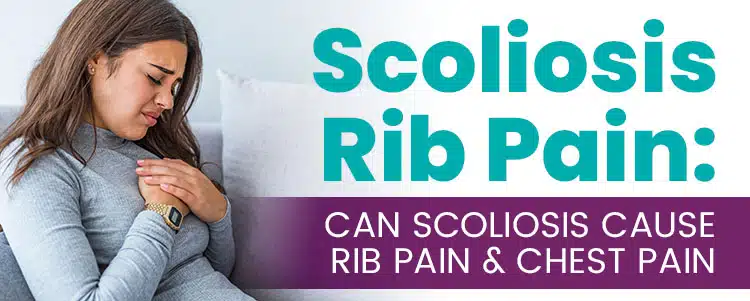

Scoliosis Rib Pain: Can Scoliosis Cause Rib Pain & Chest Pain
Scoliosis pain is common in adult patients. Pain in the rib cage happens when the spinal curve pulls, causing a disruption of the rib cage's natural position.
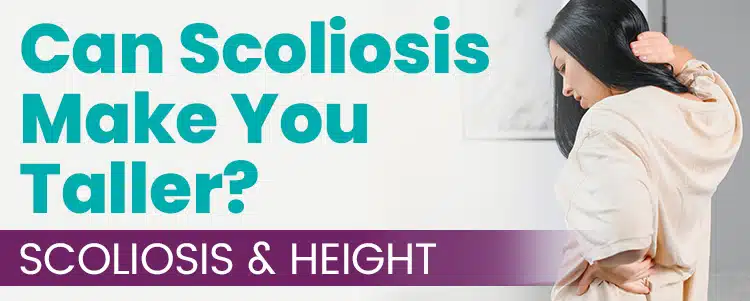

Can Scoliosis Make You Taller? Scoliosis & Height
Scoliosis is a highly-variable condition that ranges from mild to severe. It does have the potential not to increase a person's height, but to decrease it.
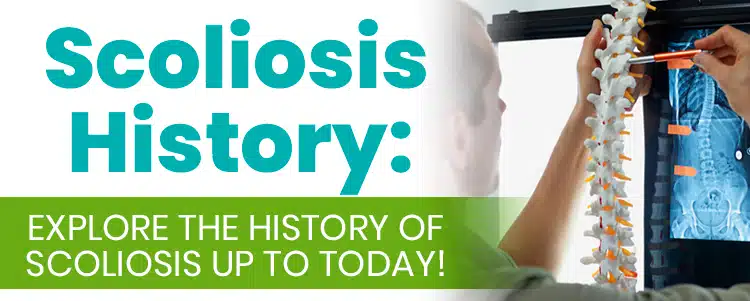

Scoliosis History: Explore The History of Scoliosis Up To Today!
Scoliosis has been around for as long as humans have inhabited Earth, but the name scoliosis didn’t appear until much later; initially, it was known as a deformity.
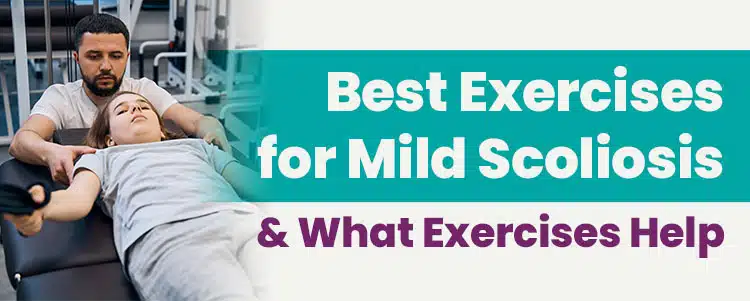

Best Exercises for Mild Scoliosis & What Exercises Help
Scoliosis-specific exercises cleared by your treatment provider and combined with alternate forms of proactive treatment have corrective potential.
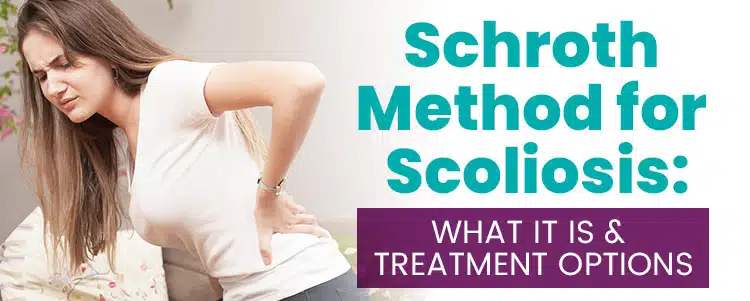

Schroth Method for Scoliosis: What It Is & Treatment Options
The Schroth Method is part of a more conservative, physical therapy-oriented approach.